In the past decade, the number of craft breweries in the United States has more than doubled. According to the Brewers Association, the trade group that represents the interests of small and independent brewers around the United States, more than 80% of American adults live within ten miles of a craft brewery.
However, not everyone is on board the craft beer train. Kaylee Laird is one of these people.
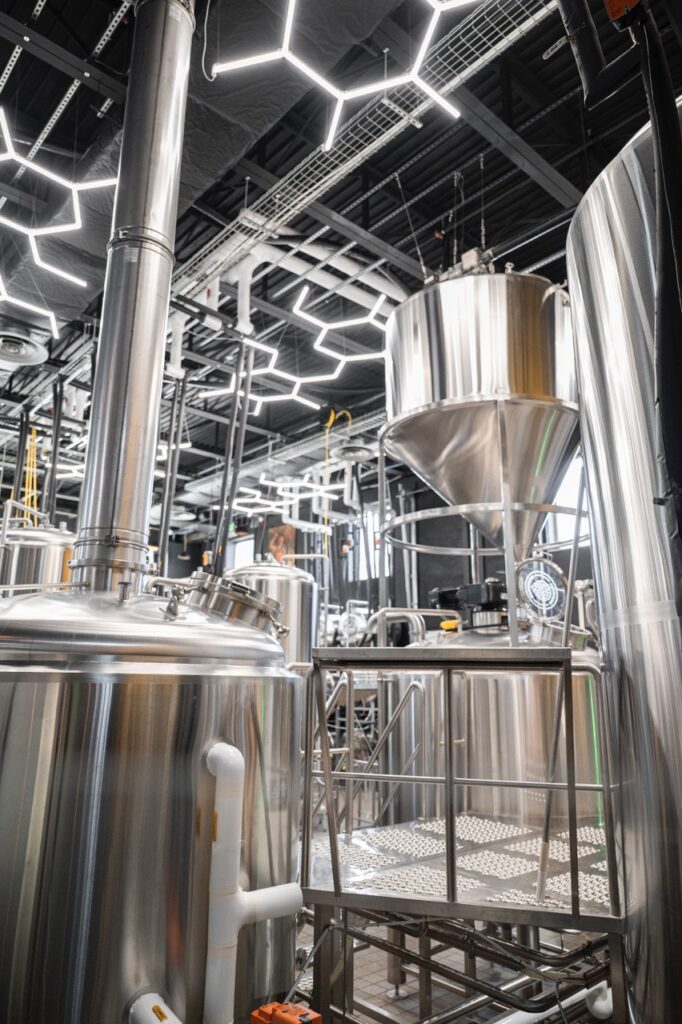

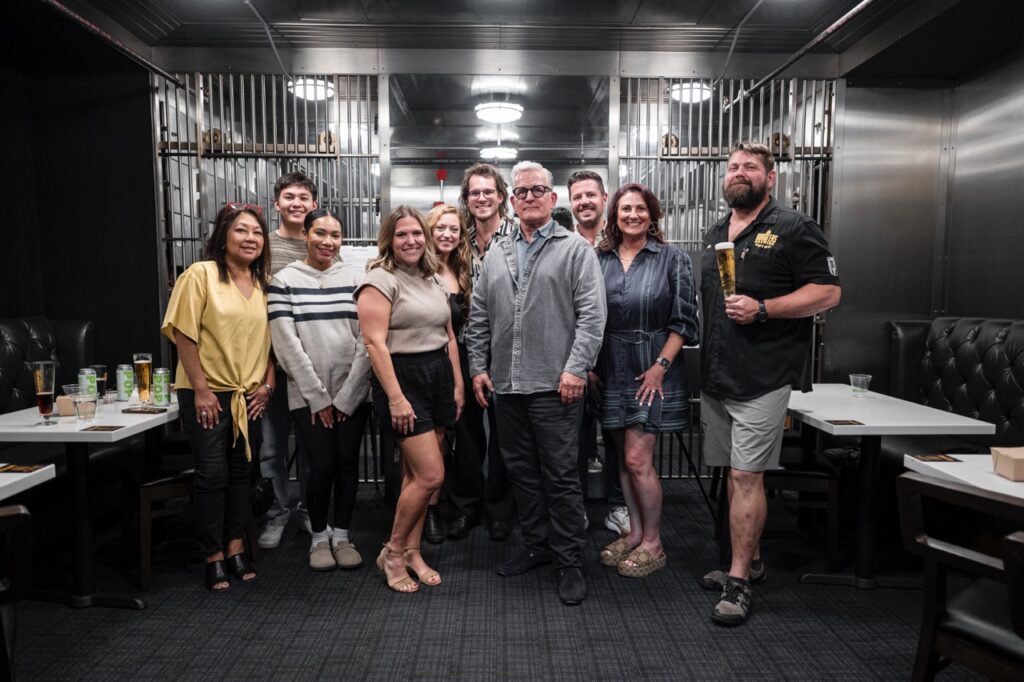
Guests Left to Right: Wivina Chmura, Ethan Chmura, Dominique Clark-Enos, Kaylee Laird, Lisa Sheffler, Noa Alxndr, Keith Recker, Justin Matase, Star Laliberte, and Neil Glausier
Learning to Love Beer with Burghers Brewing’s Neil Glausier
“I’ve never, ever been a beer drinker,” she says. “When I was first introduced to beer, it was in college, and everyone was just drinking watery beer wherever they could get it. I know there are so many different types of beer, but I’ve never taken the time to explore.
Laird prefers wine; during the pandemic, she passed her WSET 2, a robust course for wine enthusiasts, and earned certifications in Spanish and Italian wines from the Wine Scholar Guild.

Lisa Sheffler is another Pittsburgher who hasn’t traditionally enjoyed beer. A nurse who runs the @itsgoudafooda Instagram account, she’ll go with almost any beverage other than beer. Like Laird, Sheffler’s decision comes down to taste.
“Macro beers, to me, taste like sadness,” she says. “I’ll drink them if they’re the only thing available, but it’s never enjoyable.”
Recently, both Laird and Sheffler served as two of eight participants on a panel of “skeptics” who, at best, preferred not to drink beer—and at worst, professed outright disdain for it. It fell to Neil Glausier, co-owner and brewmaster at Pittsburgh’s Burghers Brewing, to educate this panel about the brewing industry, and to see if he could help guide them toward a beer they might enjoy.
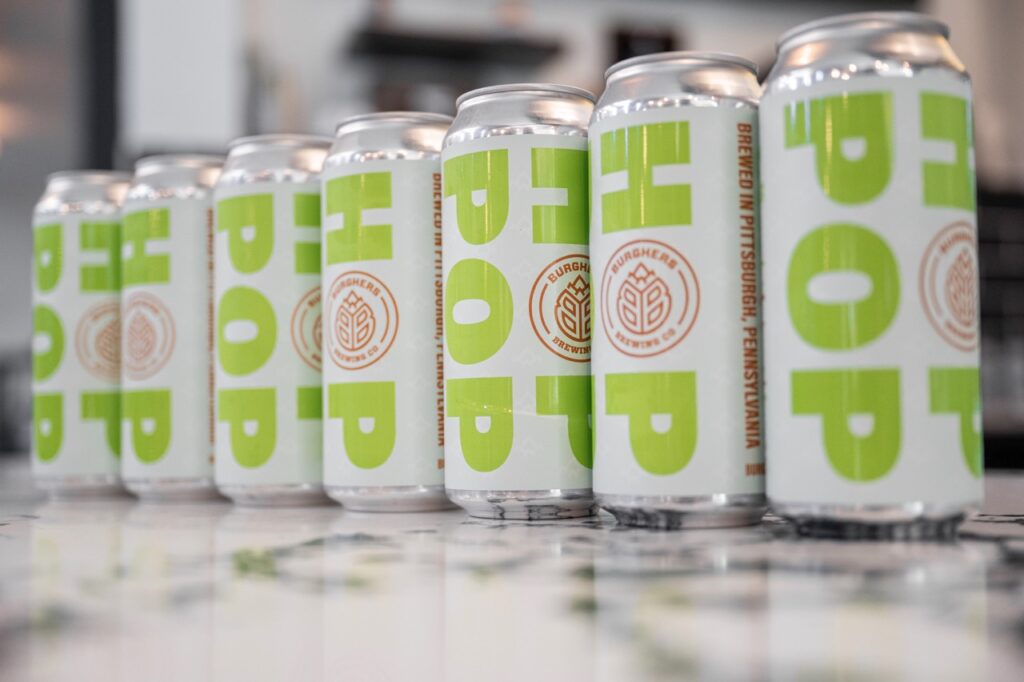
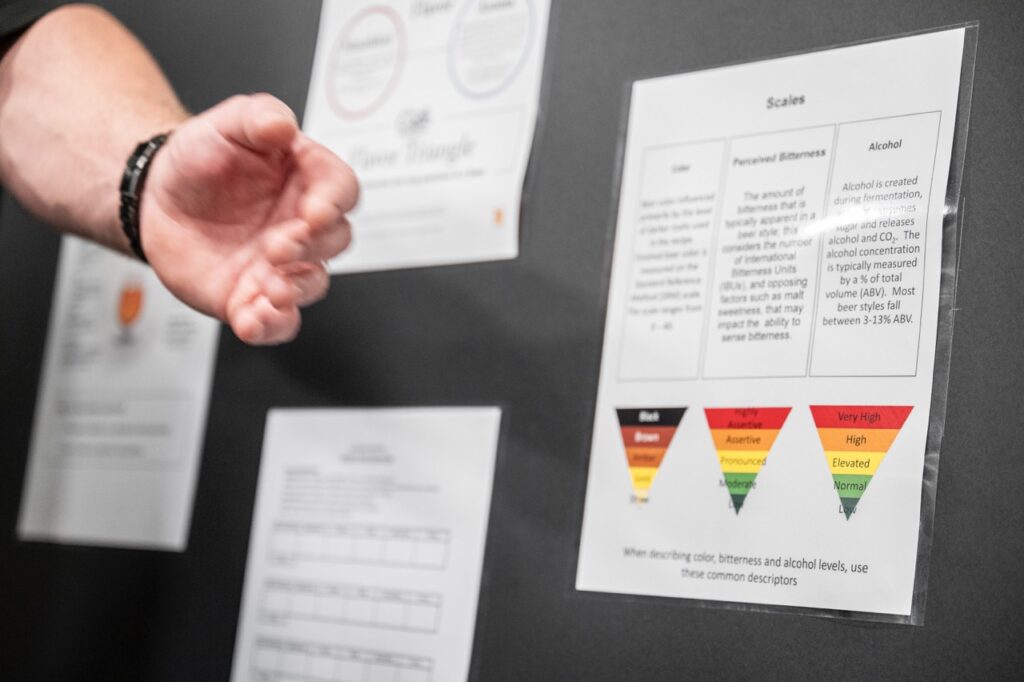
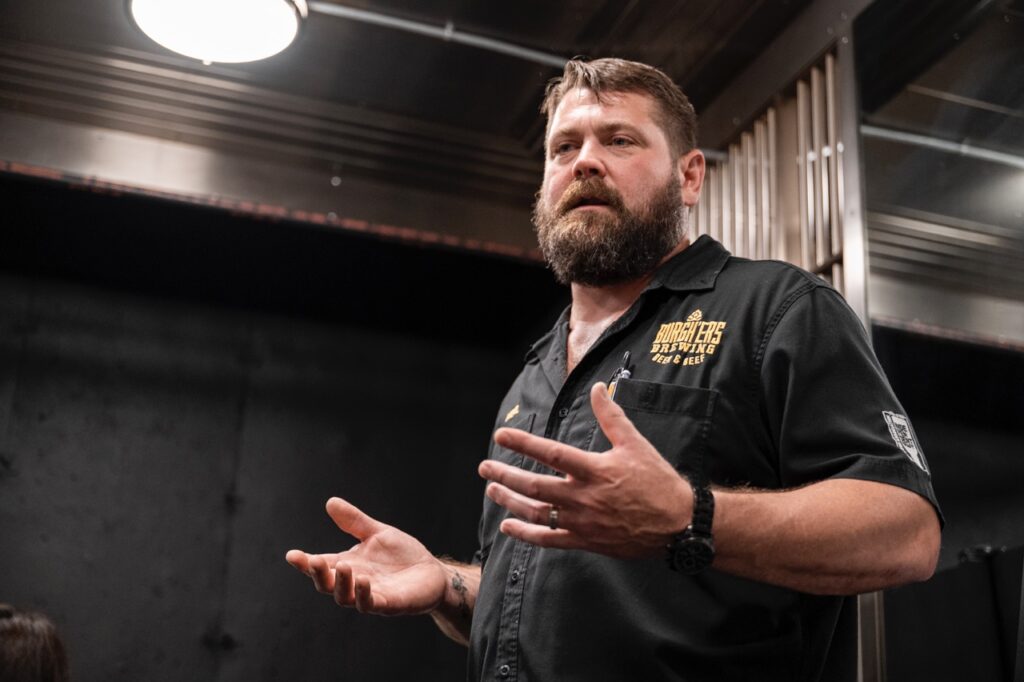
“Everybody loves the craft beer environment,” Glausier says. “They like the culture. But craft beer itself, for a casual drinker, is trickier. People are used to big brands. They know what they’re going to get. But craft beer is a wide open field.”
For Glausier, the difference between someone who says they like craft beer and someone who says they don’t often comes down to education–there are so many beer styles, and even people who say they don’t like “beer” might only be thinking about one narrow definition.
So, how does one quickly educate eight skeptics who don’t know a lager from an ale, and who may have even spoken the words, “I hate beer”?
A food and beer pairing class, of course.
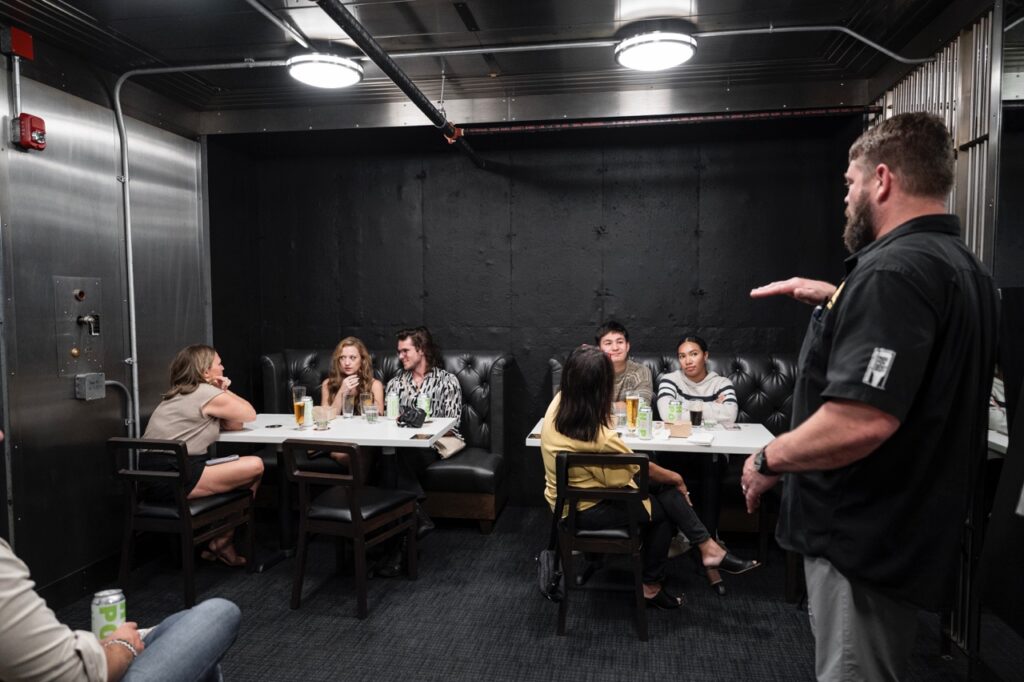
A Beer Pairing Class for the Hoppy Haters Out There
The panel recently met for this class at Burghers’ new 14,000-square-foot production brewery and restaurant in the Millvale neighborhood of Pittsburgh, where Glausier started them off with a hopped seltzer called Hop Pop. Just like a wine lover who drinks Prosecco between glasses, or a coffee aficionado who has a little sparkling water before consuming espresso, the Hop Pop served as a palate cleanser. It received unanimous approval from the panel.
Then, Glausier took his audience’s food orders.
For pairings, Glausier used a methodology known as “the three Cs,” which stand for complement, contrast, and cut. While food and beer pairings can be both an art and science, the three Cs provide a basic framework.
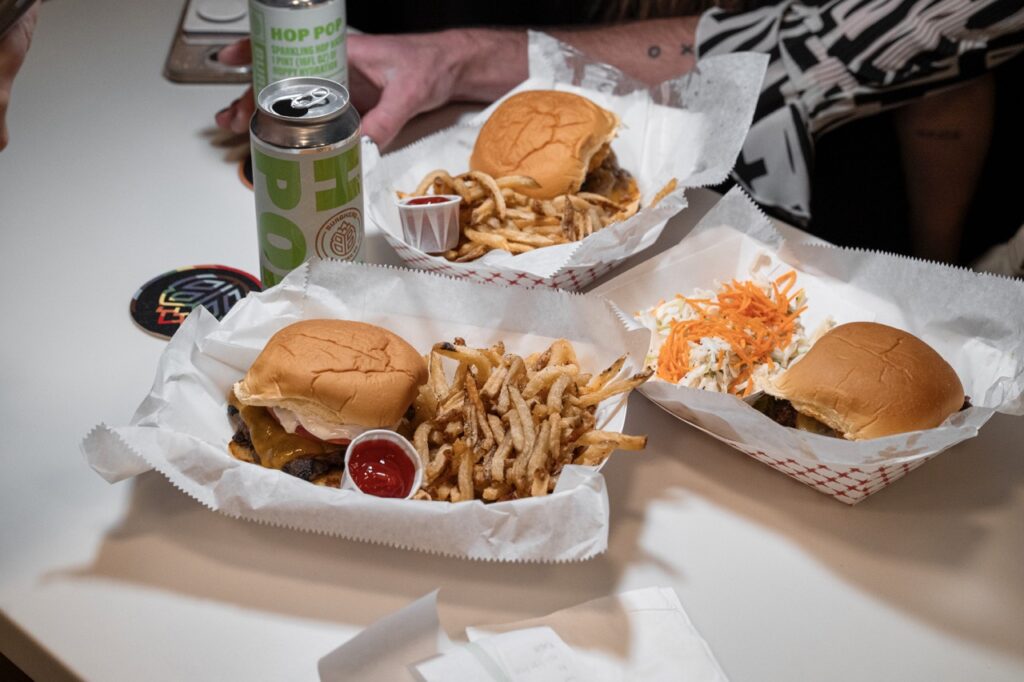
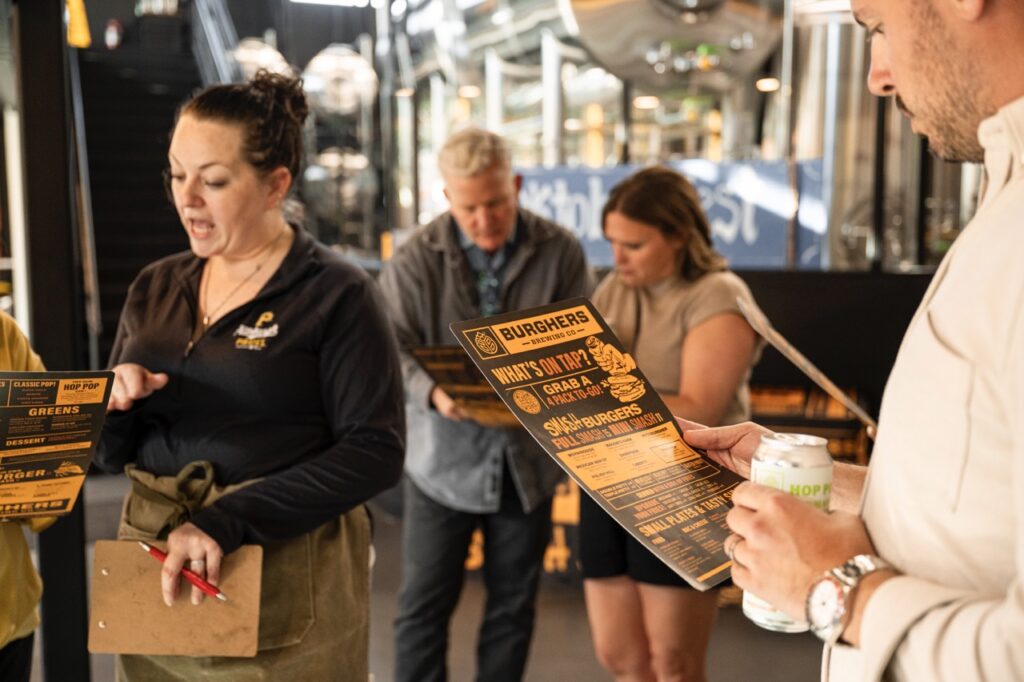

How to Pick the Perfect Beer
“If we want to complement, we want to pair the flavor notes,” Glausier says. “The flavors aren’t competing with each other. A standard, very easy-drinking Kolsch, like our Nubbel, will pair well with French Fries—or our Polish Hill burger, which features a pierogi and sautéed onions. Because the food is overwhelming, we don’t want to throw a whole lot of adjacent things in there that will take away from it.”
Then, Glausier Explains Contrast:
“The Oakland burger has a bit of a tangy heat,” he says. “I went with our oatmeal stout, Oat Black Water, because the large, chocolate ganache and bright hoppy notes of the beer contrast with a very savory burger.”
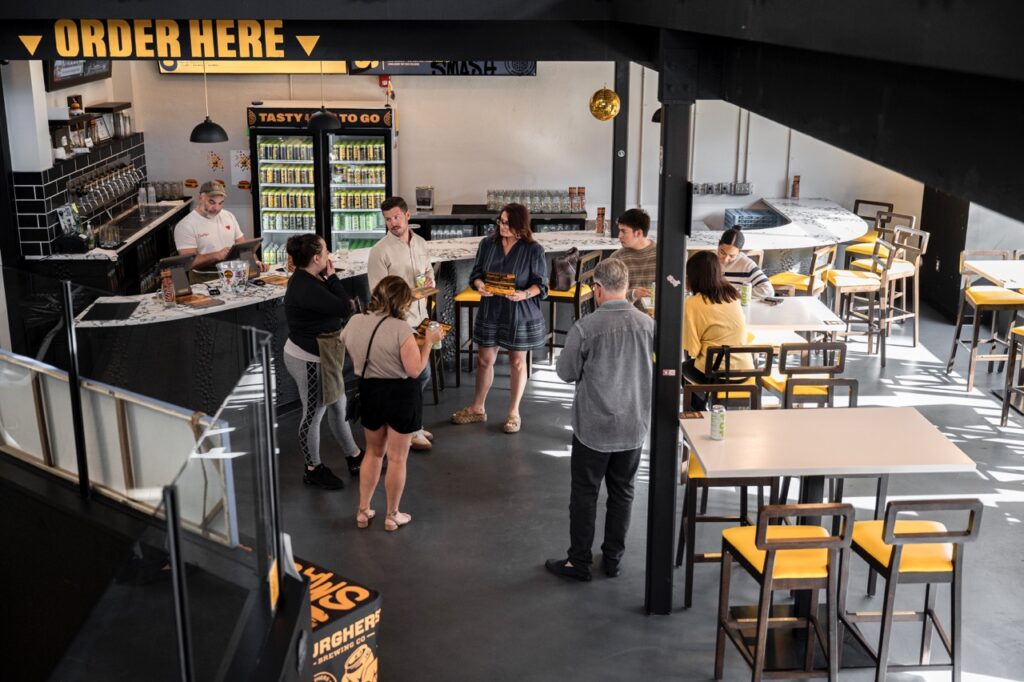
Finally, He Explains Cut:
“Our Maggie’s Farm burger has horseradish and jalapeño, and Maggie’s Farm spiced rum sauce,” he says. “Lots of umami. Since there’s so much going on, I want to cut those flavors. I paired that with a hazy pale ale called Knob and Tube. That beer was made with Cascade hops from Sandy Lake, Pennsylvania, and has notes of very bright citrus. Think navel orange and grapefruit.”
Using AATMF When Tasting
When the beers came, Glausier taught his skeptics about a methodology called AATMF—an acronym that stands for appearance, aroma, taste, mouthfeel, and finish.
“AATMF is a way to evaluate a beer once you get it in your hand,” Glausier says. “What does it look like? How does it smell? What does it taste like? Is it chewy? Light? Crisp? Does it last on the tongue? Is it dry? Clean? Do I enjoy it?”
When Glausier is evaluating a beer, he also thinks about the ABV—also known as “alcohol by volume.”
“ABV is where the party is,” Glausier says. “An average beer might be 5%. So if you see something that’s 12% and you’re trying to have sushi or salad, you’re probably not going to have a good time. A 12% beer is something I’d want to drink with something more filling.”
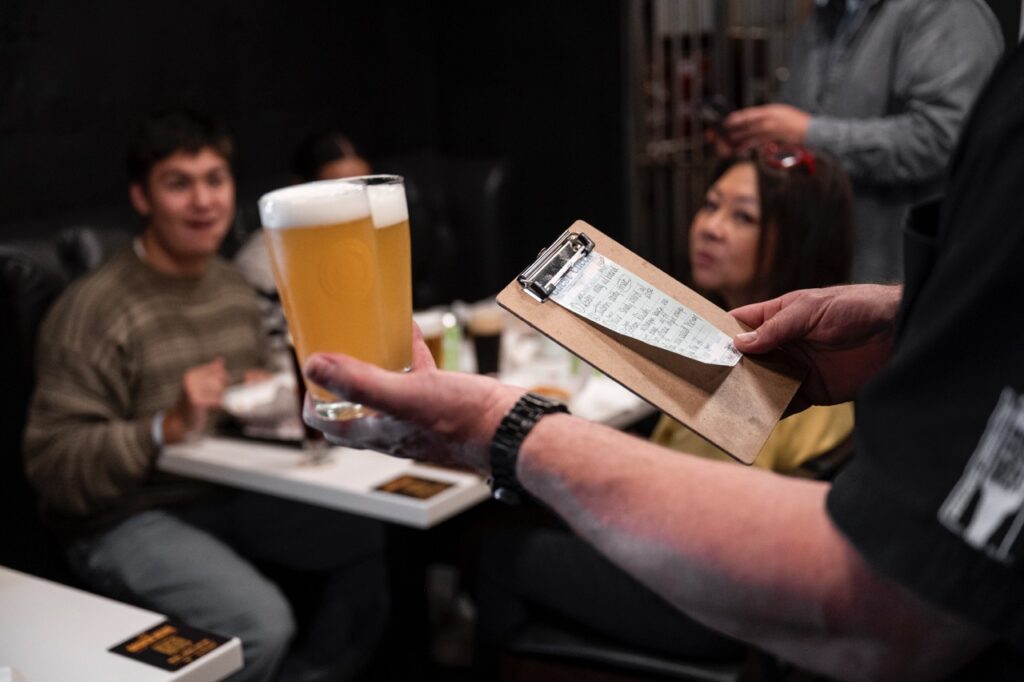
With their newfound beer education, Glausier let the skeptics order their own beers based on the flavor profiles they thought they might like. Each of them found a beer they say they plan to order again.
How Did It Go?
“I got the Mexican War Streets Burger, which Neil paired with a Mexican Lager,” Laird says. “I liked the beer and felt it went well with the food. As a wine person, it irks me when people say, ‘All red wine tastes the same.’ But before this, I would’ve said the same thing about beer!”
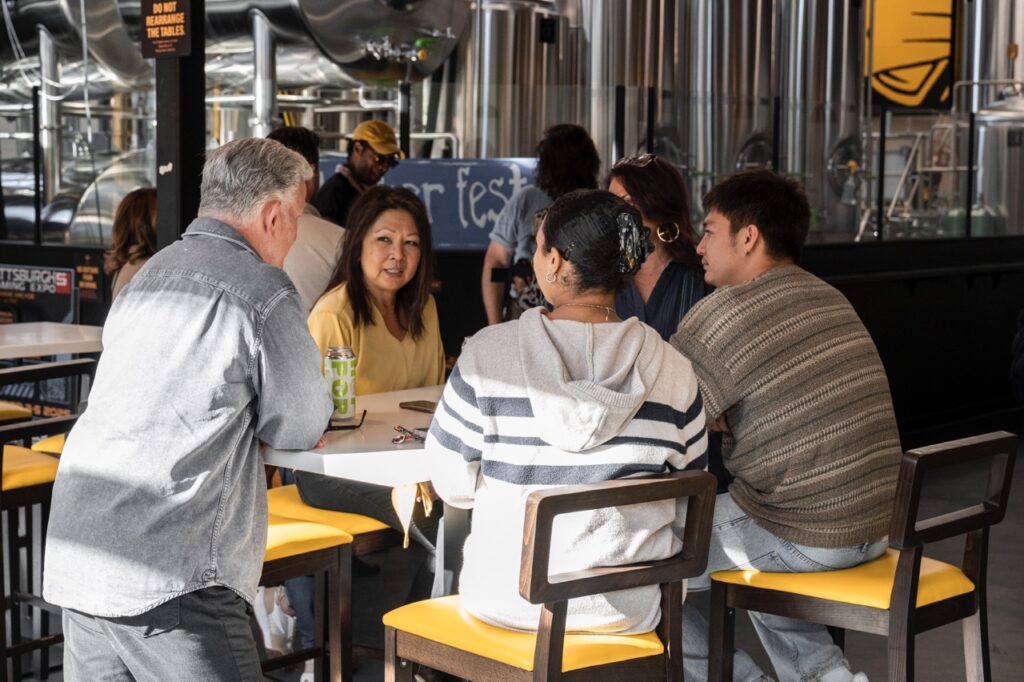
Sheffler, who had the pierogi-topped Polish Hill burger paired with a Kolsch, had a similar experience. “I enjoyed my beer, and I think I would try more!” she says. “Before this, I always knew there were all sorts of different styles—but I never thought about them in more depth. The passion behind Neil’s presentation made me interested in exploring that, and I’d be willing to explore them with more willingness than I have before.”
Trying Beer at Breweries Around Pittsburgh
If you want to explore Pittsburgh’s breweries, you’re in luck.
“We have a very privileged beer scene,” Glausier says. “We have something like forty breweries within a county’s reach—and they’re making some of the best beer in the nation. You can be in another place that has an equal density of breweries where there are only one or two that you can write home about. But in Pittsburgh, so many breweries are knocking it out of the park.”

Some of Pittsburgh’s breweries make a broad array of styles, while others focus on something specific. Or, as Glausier says, “You can get a masterclass in IPA in one neighborhood, go to another, and get a masterclass in English beer.”
The best way to learn more about craft beer is to visit a local brewery and try one. And if you think beer isn’t for you, head to Burghers’ new location and ask for Glausier—he’ll help you find something you like!
Story by Kenny Gould
Photography by Cody Baker
Subscribe to TABLE Magazine‘s print edition.
